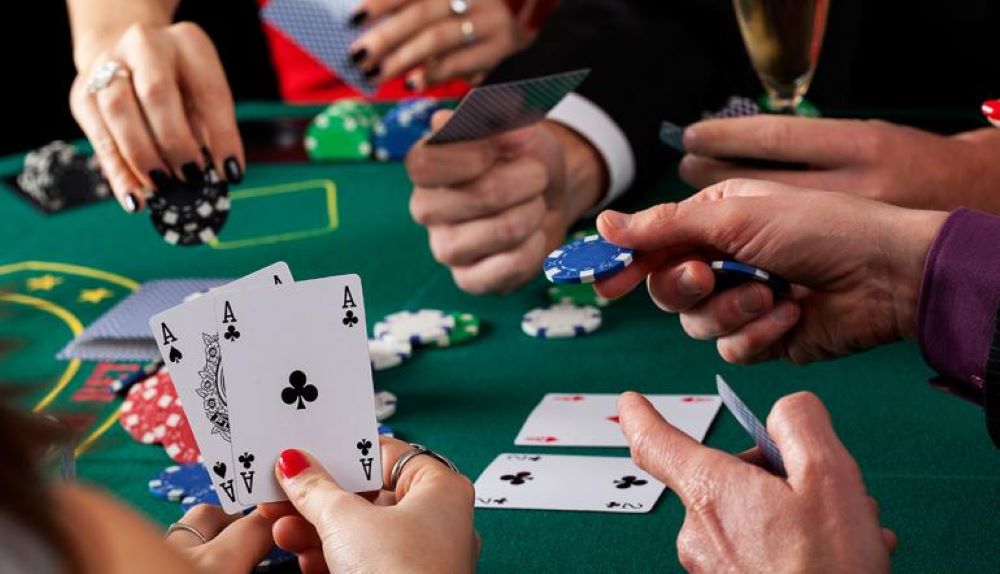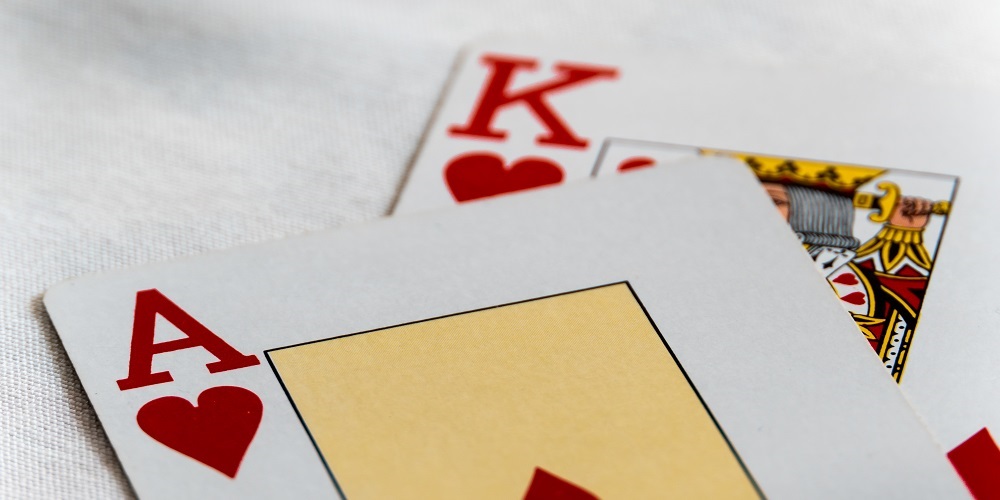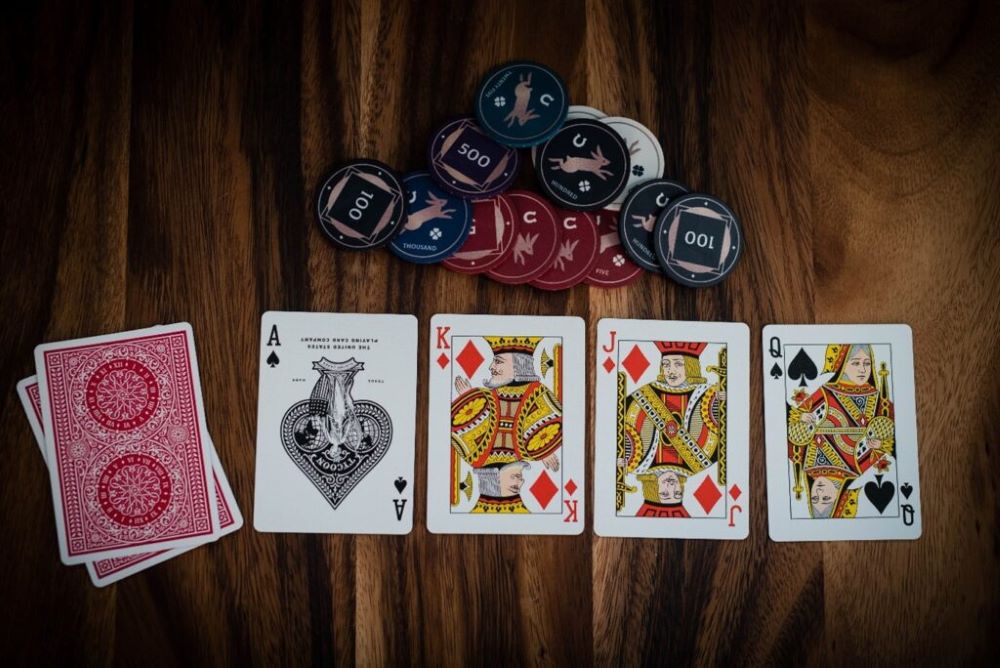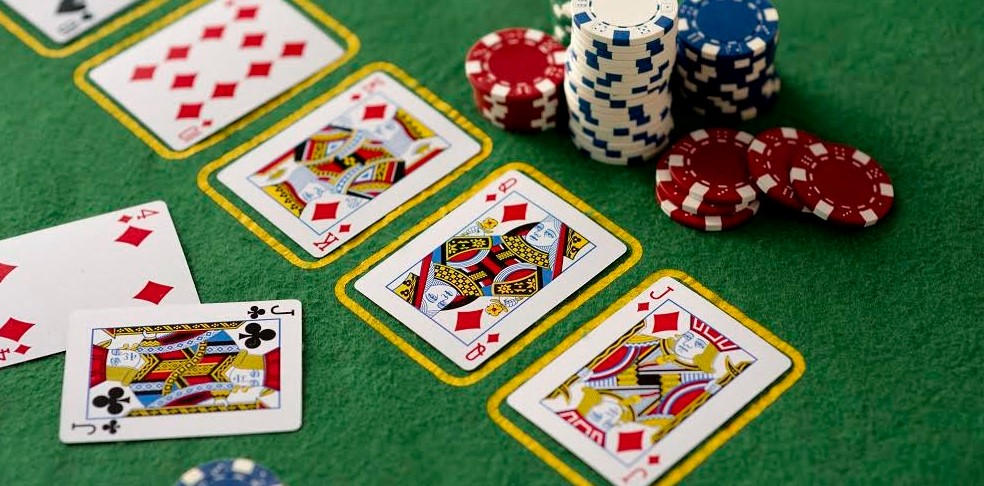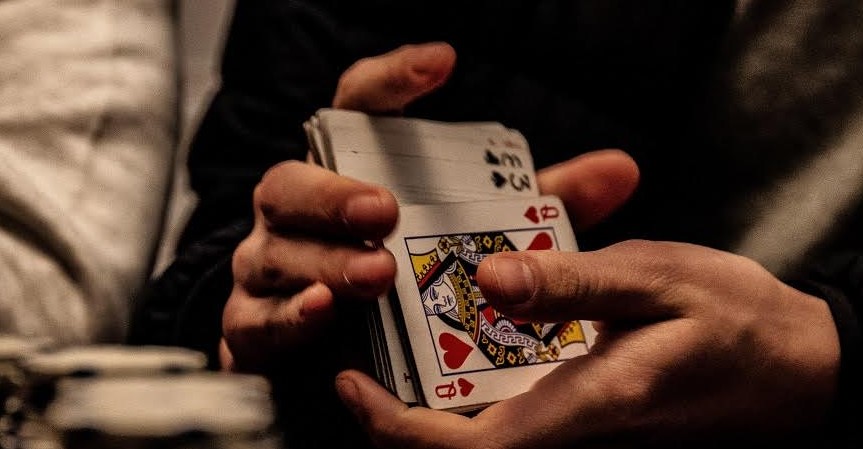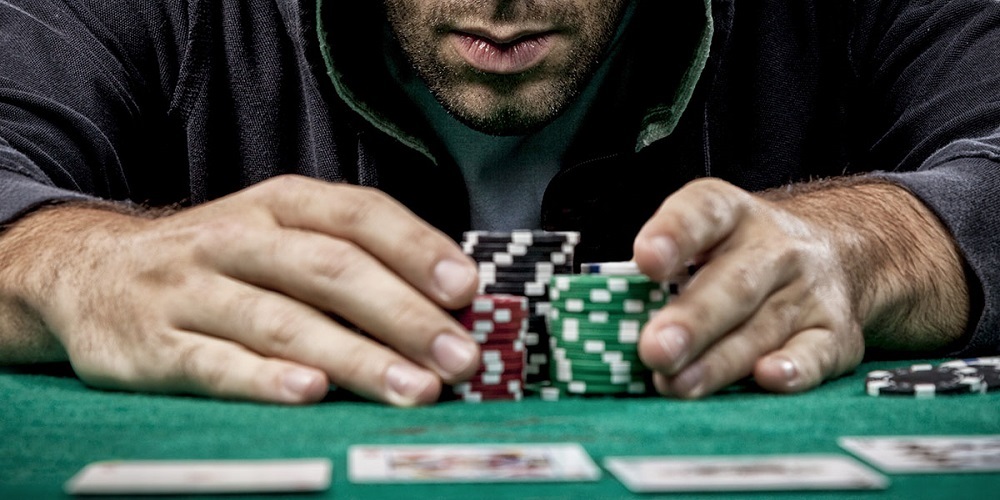Texas Hold’em and Omaha are the two most played poker variants in the world. Each with an ever-growing legion of followers, thanks to the popularization brought about by the expansion of online poker, these are two types of game that have common elements but whose dynamics differ in several aspects. Let’s take a look.
Texas Hold’em Poker Rules

Texas Hold’em games are the most played games on all online poker platforms. Texas Hold’em has been popular in the poker community since it appeared several decades ago in the world live poker scene, and now it has transferred its fame to online poker.
Its rules are fairly easy to understand, although all the strategic components behind it can become quite complex, as is always the case with the strategic part of the game.
The rules of a poker game in Texas Hold’em are based on the following.
The blinds
The small blind is the figure right next to the dealer (button), and must make a mandatory first bet.
That amount will be the small blind. Continuing clockwise, the player sitting next to the small blind, the big blind, makes another bet, usually double the amount of the small blind.
In limit games, the big blind is a small bet, and the small blind is usually half the big blind, although each game has its own betting limits. Thus, in Pot Limit and No Limit games, the amounts accompanying the game name refer to the blind balances. For example: Hold’em £2 / £4 means that the SB is £2 and the BB is £4.
In Omaha poker, the blinds work in the same way, being two invariable positions that serve the same purpose: to set the minimum and maximum betting limits, being the two initial positions to speak first and those that are obliged to make a mandatory first bet each.
The button
The button or dealer is the most coveted position at the table because he has a better position than the rest as he is the last one to speak in each round. He sits between the cutoff and the small blind.
At the beginning of the game, it must be decided which player starts in this position. For that, traditionally the croupier himself is the one who makes a draw by dealing a card to each player. The highest card will be the button, and then the order will rotate, so that all players change their positions from round to round.
However, in online poker this assignment is often done randomly, establishing a dynamic of rotating positions that changes in each hand, this being one of the functions of the button.
Thus, the turns and positions occupied by a player will always depend on where the button starts and how it will move. In each hand, the button moves clockwise. When a player is in the position of the button, in the next hand he will occupy the place on his left, and the same will happen with the rest, rotating all the positions.
To sum up, the button is the most important position of a poker table because it determines the player who speaks last postflop, and on it depends the distribution of turns so that all players play from all positions.
Betting rounds
The Texas Hold’em poker rules are simple, as betting takes place over several rounds: preflop, flop, turn and river. Then, the showdown. Easy peasy!
- Preflop. This is the starting street. Here, the action starts to the left of the big blind. It takes place before the dealer reveals the first three community cards.
- Flop. On the flop, three cards are exposed in a common way in the center of the table. They will be available to all players, so that they can make the best hand.
- Turn. A fourth community card is added to the table. On fourth street, betting resumes after the first active player behind the dealer, clockwise.
- River. On the final street, the fifth and last community card is dealt. It is the last chance to materialize the project. When the betting round is over among the active players, the final showdown takes place.
- Showdown. This is the final face-off of the round. The players who have made it this far show their cards. Whoever manages to form the best hand with his two cards and the five community cards wins.
Modalities
- Limit Hold’em.
- Structured bets.
- Bets and raises preflop and flop, always equal to the BB.
- Bets and raises double their value on turn and river.
- 4 bets per player in each round: bet, call, raise, cap.
- No Limit Hold’em.
- Minimum bet: BB.
- Maximum bet: all-in, at any time.
- The minimum raise must equal the previous raise.
- There is no cap.
- Pot Limit Hold’em.
- Minimum bet: BB.
- Maximum bet: the pot.
- The minimum raise must equal the previous raise of the same round.
- Maximum raise: the active pot + all bets at the table + the amount the player calls before raising.
Omaha Poker Rules
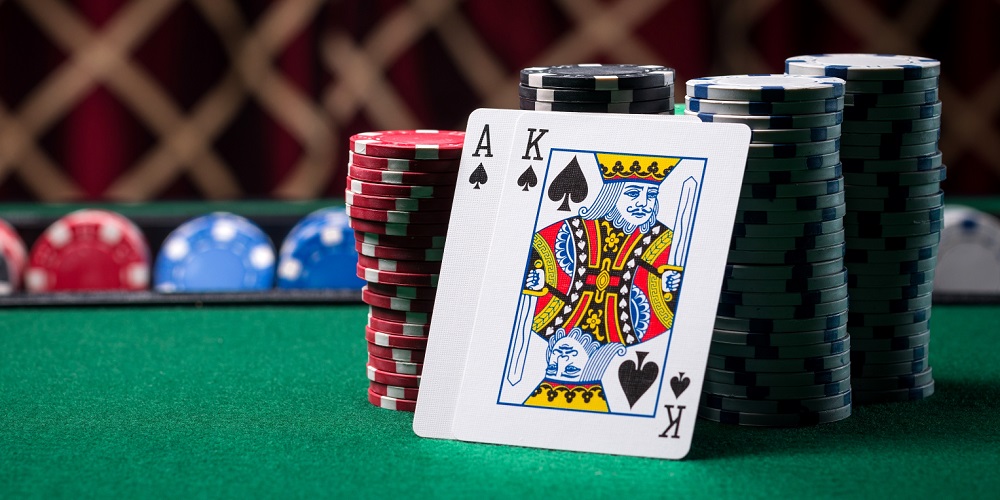
Although the objective is the same, in Omaha poker the formation of the best hand changes criteria. To achieve it, it is always necessary to maintain a proportion of player and community cards, invalidating any attempt to bypass this rule.
This is the main obstacle encountered by Omaha players coming from Texas Hold’em, since the American variant allows to form the hand with any combination of community and hole cards.
So: the Omaha poker rules are easy to follow, but a bit different in comparison with Texas Hold’em games. Let’s see how to play Omaha poker games:
Betting rounds
- Preflop. With the cards dealt, the action starts with the player to the left of the BB. The betting structure varies according to the variant played.
- Flop. Three community cards are dealt and another round of betting takes place.
- Turn. The next community card is dealt, after which the next round of betting takes place among the players who are still active.
- River. After the last betting round, the last community card is dealt and the last bets are placed before the final showdown.
- Showdown. Here, the players who have reached the end of the hand show their cards. The hand must consist of only two of their own cards and three of the five community cards. In case of a tie, the pot is shared equally.
Modalities
- Pot Limit Omaha (PLO).
- Minimum bet: BB.
- Maximum bet: the pot.
- Minimum raise: at least equal to the previous increment of the round.
- Maximum raise: the active pot + the table bets + the amount the player wants to call before raising.
- There is no limit to the number of raises allowed.
- No Limit Omaha (NLO).
- Minimum bet: equivalent to the BB.
- Maximum bet: all-in, at any time.
- Minimum raise: at least equal to the previous raise of the round.
- Maximum raise: all-in.
- No limit on the number of raises allowed.
- Fixed limit Omaha.
- Bets with a fixed structure.
- Pre-flop and flop bets and raises, always equivalent to the BB.
- Bets and raises on the turn and river are multiplied by two.
- 4 bets per player per round: bet, call, raise and cap.
